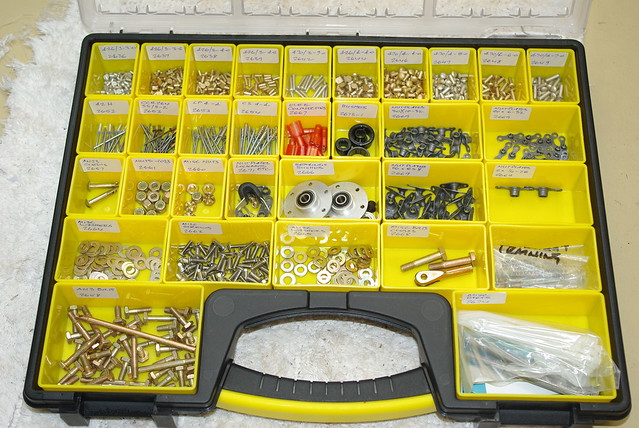jnjhirsch
Member
I'm sure this has been discussed before and I'm fine with a redirect to a prior thread.
The RV12 kit that Avery sells, does not include a rivet gun. Is it truly not necessary?
The kit also includes a hand rivet squeezer. For the RV12 build, is it not worth the upgrade for a pneumatic squeezer?
Also, assuming I have no tools (which is a good assumption) what are the common upgrades and additional must have items I can change/add to the Avery kit for the RV12 build?
Thanks.
The RV12 kit that Avery sells, does not include a rivet gun. Is it truly not necessary?
The kit also includes a hand rivet squeezer. For the RV12 build, is it not worth the upgrade for a pneumatic squeezer?
Also, assuming I have no tools (which is a good assumption) what are the common upgrades and additional must have items I can change/add to the Avery kit for the RV12 build?
Thanks.





